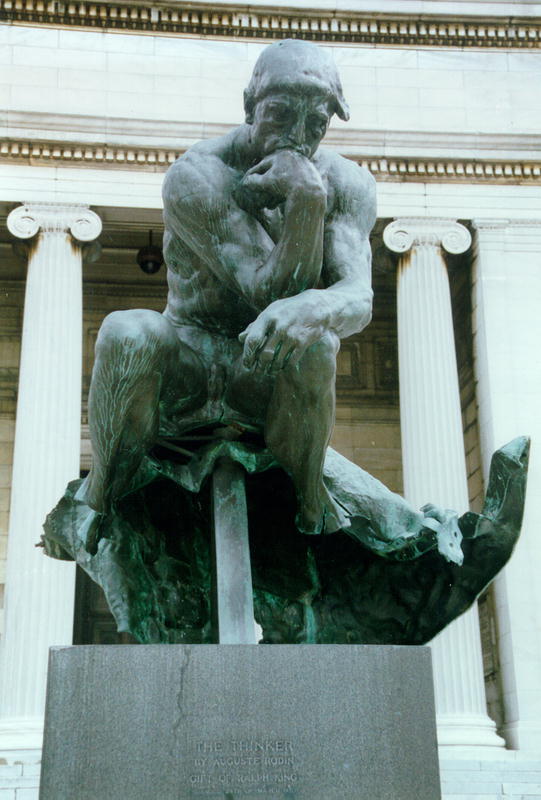 |
|||||||
 |
|||||||
|
Course Description Class Schedule Term Paper Instructions Humans as Thinkers
Humanities I: What Does it Mean to be Human? Unit 1: Humans as Social Beings Purpose of the Unit: The purpose of this unit is to examine the following points: ---the reasons humans develop social organizations ---the characteristics of a social organization ---the different types of social organizations ---the most common tools and methods of social control ---the most common methods of social change Outline of Topics Humans as social beings: Introduction Readings: "Cultural Anthropology," "The Great Leap Forward," Chapter Two from Culture ---Why are humans social? ---What are the benefits of being social? Humans as social beings: How are we social? Readings: Chapter Three from Culture; "Shakespeare in the Bush," "Do Doctors Eat Brains?" and "Selling Argentine" Culture: its characteristics Social structures: marriage, family household, kinship, and political systems Social control: Sanctions: positive, negative, informal, and formal Cultural change and breakdown
Humans as Social Beings Unit Project Due Feb. 10, 2003 Length: 3-4 typed pages We are discussing individual behavior and how it is shaped by the "culture" in which an individual lives and how we acquire standards by which we approve or disapprove of behavior patterns. For this unit, you are to observe humans as social beings as they participate as members of a group. You are to observe the social interactions of a group of people which is different from you, e.g., individuals who are older or younger than you, who are a different sex, who are a different ethnic, racial or religious group. You are to observe the physical and verbal actions/interactions of the group members in order to determine what the individual members and the group as a whole find acceptable or unacceptable behavior. What you are looking for are patterns in the ways the individuals in these groups interact. In order to determine what the individual/groups deem acceptable/unacceptable, you will have to watch facial responses, body language, verbal tones and volumes, gestures, etc. Your goal in this project is to discover the unwritten rules of behavior for this group of individuals. You are looking for the patterns of behavior for the participants which no one talks about but which everyone knows. The observation should last 20-30 minutes. Be sure to take notes during you observations. Try to record as much as the behavior as possible. Turn in your notes with your essay. In your report, first briefly describe the group, the situation of the observation, and the behavior observed. Based on these observations, analyze and then explain what you believe to be the unwritten rules that govern the behavior of the individuals within the group. Finally, discuss how you think that this behavior is similar to and different from behaviors which your social group shares. This report should be written in standard essay form with an introduction that describes the project and the situation and composition of the group observed (age, sex, ethnicity, race, occupation, etc.); a body which describes the actions/behaviors, etc. of the group observed, and then states the unwritten rules which the group members share; and a conclusion which compares these groups to your own social peers.
|
|||||||
|
|
|